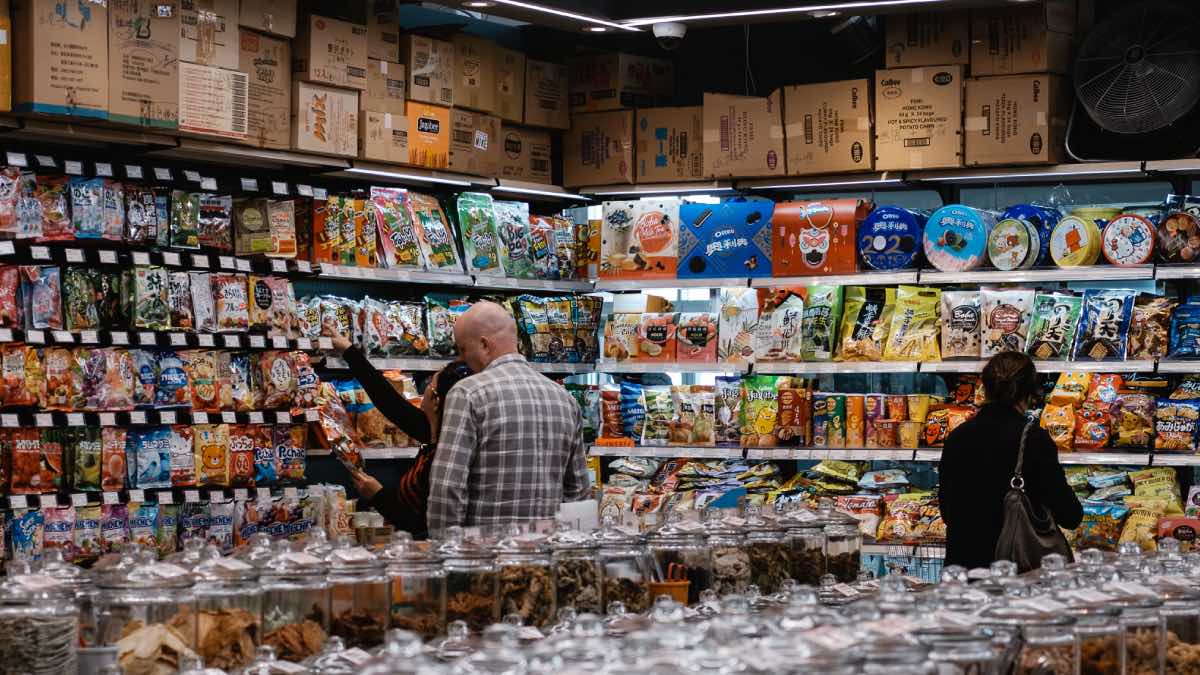Click here to read the Spanish version.
In the coming months the European Commission plans to decide to standardise common EU-wide food labelling information to promote healthy diets and tackle problems such as obesity in the population. One of the most likely options is Nutri-Score, known as the food traffic light because, through a five-colour graph, it indicates the nutritional quality of a product. This traffic light label is already being used in establishments in countries such as Belgium, France, Germany and Spain.
Since 2016, it has been mandatory to include nutrition information on food, which is generally presented in the form of a table. However, such nutrition information is often not well understood by the public. For this reason, the European regulation provides for the option of voluntarily providing nutrition information in additional forms on the front of packaging (known as FOPL). Its main objective is to facilitate the use and understanding of mandatory nutrition information by consumers, encouraging healthier choices. And Nutri-Score is one of the most widely used of these models in Europe.
Among the information provided by the Nutri-Score labelling, the nutritional quality is indicated on the basis of a fixed amount of 100 g or ml. These are rated from A with green colour to E with red colour. For example, protein, fruit and vegetables or fibre score better. On the opposite side, sugars, saturated fats and salt score worse. What it really does is to give us a basic summary of the nutritional table of each product. That is, how balanced it is, but not if it is really healthy, if it is highly processed or with additives.
Countries such as Italy are against
For example, there are healthy foods such as olive oil or butter, which are fatty and therefore tend to get worse Nutri-Score ratings, compared to certain ultra-processed foods. This is why countries such as Italy have come out against the system as “misleading” and penalising everyday products such as cheese and ham. Italian MEP Herbert Dorfmann is one of its detractors. Among his arguments, he explains that the food traffic light does not change according to the amount that is recommended for consumption. “It makes a big difference whether you eat 50g of speck or 500g. The Nutriscore does not take this into account, which can mislead the consumer,” he argues.
However, Nutri-Score is backed by extensive scientific evidence and is based on an algorithm widely used for the implementation of different nutritional policies in various countries around the world. Many believe that this food traffic light is recommended especially for comparing similar foods and is an effective system, as explained by the European Consumers’ Organisation: “It should be colour-coded, mandatory, based on independent scientific evidence. And Nutriscore is currently the best candidate for a nutrition label in Europe”, according to Euronews.
In the coming months the European Commission will take a final decision. We will be watching to see which option is chosen.

